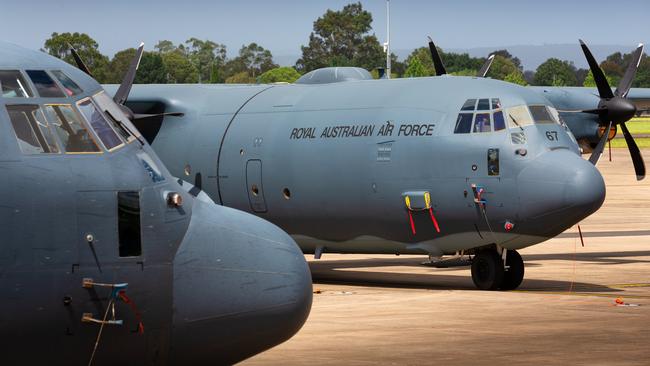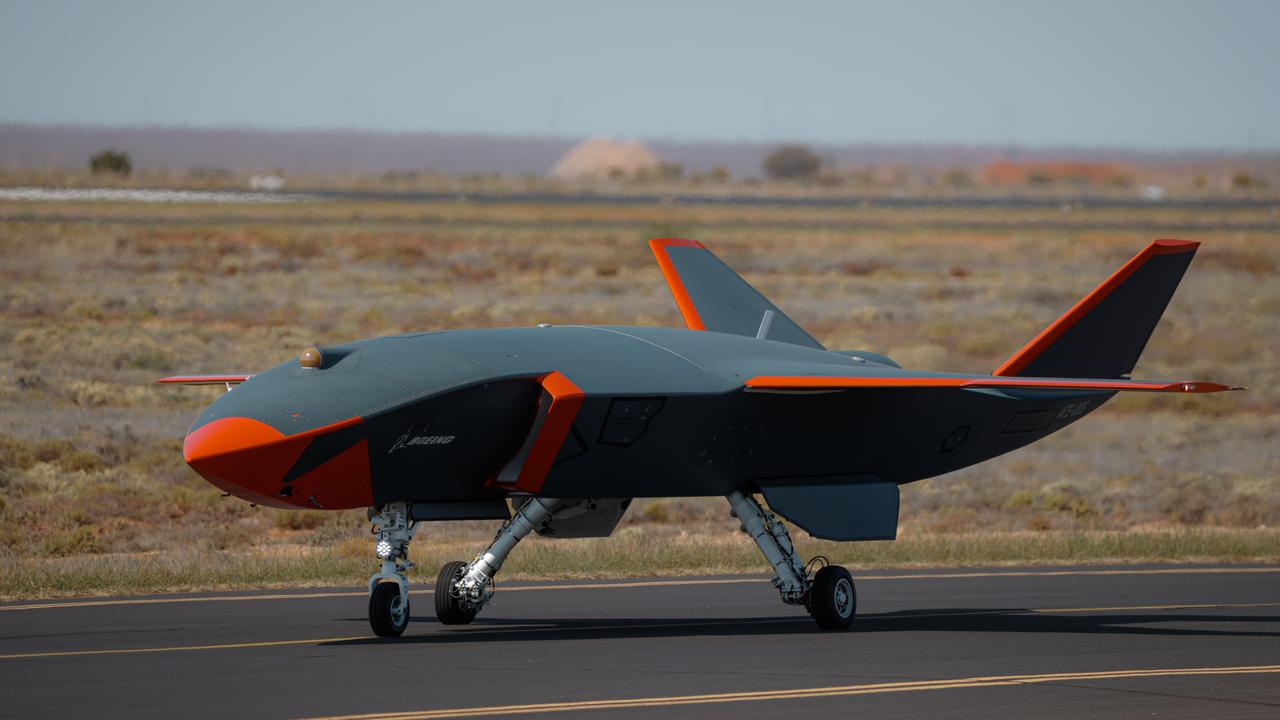Workhorse of the air gets even better
Later this decade the RAAF will receive what has been touted as the most capable version of the evergreen C-130 Hercules tactical airlifter ever built.

Later this decade the Royal Australian Air Force (RAAF) will receive what has been touted as the most capable version of the evergreen C-130 Hercules tactical airlifter ever built when the first of 20 new aircraft arrive in the country.
According to the manufacturer Lockheed Martin, the new aircraft will come with capabilities beyond those of traditional cargo and troop-carrying and will share some attributes with the US Air Force’s special operations-optimised MC-130J aircraft.
The C-130 first flew in August 1954 and has been in continuous production – across several major variants – for more than seven decades since. In fact, more than 2700 Hercules have been delivered over that time and it has seen service with operators in 70 countries around the world.
Australia’s involvement with the aircraft began in 1958, when the first of 12 C-130A variants were delivered and, over the ensuing years, the air force has operated similar numbers of C-130E, C-130H and C-130J-30 models.
The new aircraft will be the latest variants of the C-130J, which itself was a major improvement over earlier models. The C-130J first flew in the mid-1990s and features new and more powerful turboprop engines, six-bladed composite propellers and a new “glass-cockpit” avionics system.
The RAAF took delivery of 12 C-130J-30 Hercules – a stretched fuselage variant – in 1999 and the fleet has seen service across the globe since that time, including combat operations in Iraq and Afghanistan.
Hard use over more than two decades of services, however, have taken its toll on the airframe and the RAAF plans to retire all 12 by 2030.
“The current C-130J fleet will be reaching its structural life limits by 2030 due to the fatigue of the centre wing as its planned withdrawal date (PWD) approaches,” a Defence spokesperson commented.
The need to replace the current fleet spawned Defence’s Air 7404 Phase 1 (Medium Air Mobility Aircraft) program in 2022 for a new and expanded fleet to fill the gap between the C-27J Spartan light airlifter and the C-17A Globemaster III strategic transport aircraft.
Four designs were considered, including the Airbus A400M, Embraer C-390 Millennium and Kawasaki C-2 but in the event, the US Defence Security Co-operation Agency (DSCA) announced in November 2022 that congressional approval had been given for Australia to purchase 24 new C-130J-30 aircraft, at a cost of $US6.35 billion ($9.23 billion in 2023 dollars).
However, a further DSCA notification in July 2023 amended the number of aircraft down to 20 – four fewer than the earlier approval – but the price tag had risen to $US6.9 billion ($10.86 billion).
“We had a look at those four aircraft (types) over 22 different requirements; they related to aircraft performance, certification across the roles in which we expect to utilise the aircraft and the ease with which we might transition the aircraft to service,” then chief of air force Air Marshal Robert Chipman told a subsequent Senate estimates hearing.
“The C-130J was the only option that meets all of Australia’s capability requirements.”
The new aircraft will come with a range of features not seen on the current fleet, including an RF Countermeasures system; JetWave X Satellite Communications (SATCOM) equipment, an electro-optic/infra-red (EO-IR) sensor; an Auxiliary Crew Station in the cockpit for control of the EO/IR system; the ability to receive fuel in flight, a new cargo loading system, and a new galley.
The first of these new Hercules will be delivered in the US in December 2027.
“It’s getting close to some of those (MC-130J) capabilities, I think the flexibility of the -30s allows you to do some of the special mission birds’ missions, but also the ability to carry two additional pallets, so it just gives you more flexibility,” a Lockheed Martin spokesperson explained when asked to describe the new aircraft.
In the meantime, such is the Hercules’ continuing popularity with customers around the world that Lockheed Martin says it has no plans to end production any time soon.


